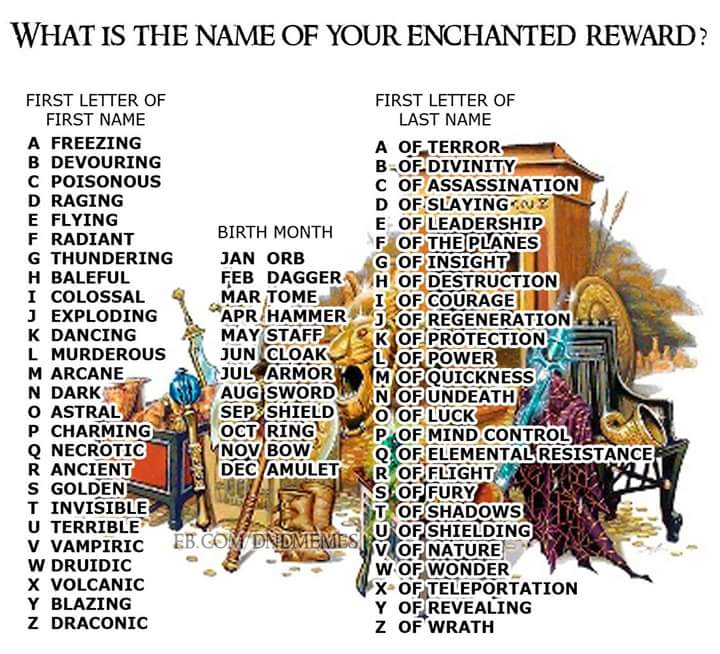I was thinking about the math behind the 2d6 result ranges for DW. I’ve always thought it was really elegant but didn’t know why I thought that. So the nerd in me took over and I ran the % chances for the result ranges for 2d6 – 1 to 2d6 + 3.
https://docs.google.com/spreadsheets/d/1QXytn5YlHfrFNgNM-_QaRRfshOr4sknn_Rx1pGzAOSo/edit?usp=sharing
It’s actually a lot more interesting than I realized. I highlighted a couple of cool points:
In yellow: You have the exact same chance of rolling a 7-9 when rolling 2d6 + nothing and you do when rolling 2d6 + 2, and it’s fairly high at almost 42%.
In green: You have the exact same chance of rolling a miss as you have of rolling a 10+ when rolling 2d6 + 1. This one interests me a lot because the results are almost 25/50/25%. As an alternate to rolling 2d6 for a project I’m working on, Tom Walker (UK) (it won’t let me tag him) suggested flipping 2 coins to get three results (HH, HT [or TH, obviously], TT) which are exactly 25/50/25% chances. It’s just interesting to me to see that the 2 coins method would most closely match a 2d6 + 1 result (because… it’s cool LOL).
In red: You still have a 16.67% chance (craps!) of rolling a miss when rolling 2d6 + 2.
It’s just something interesting (at least to me) to keep in mind.

